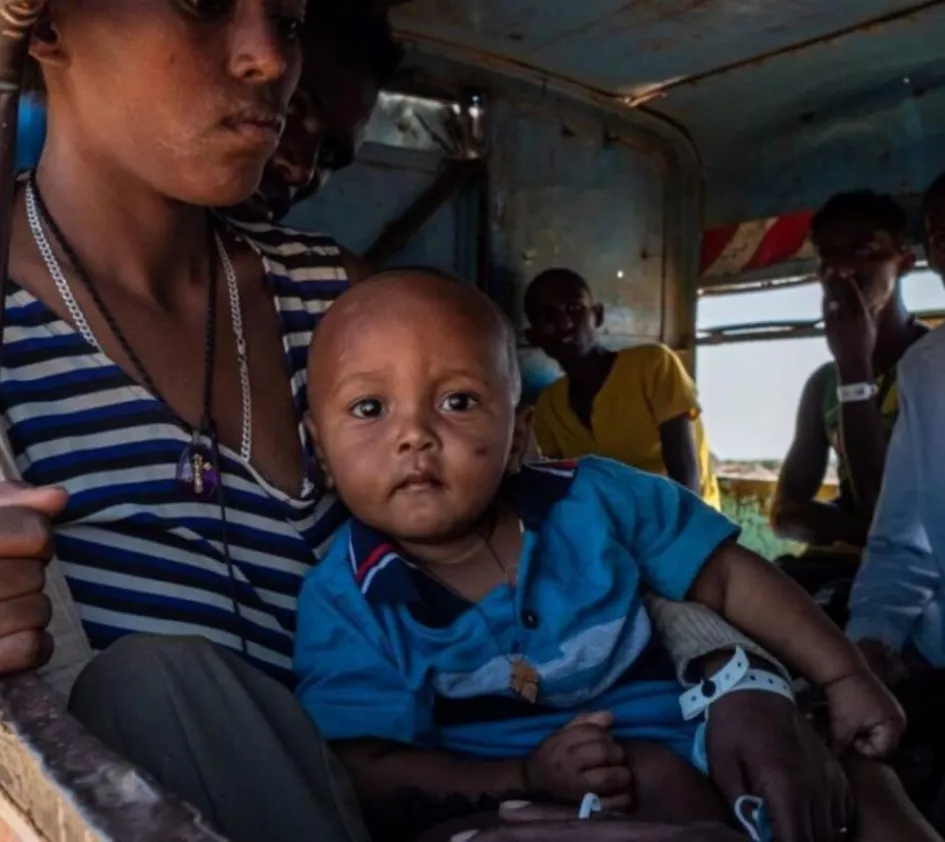Everone is affected
Everyone in the Tigray region has been affected by this armed conflict – in particular women and children who have been forced to flee with only the clothes on their back. Five weeks after the beginning of the conflict, they are now at risk of acute malnutrition, water borne diseases and other health issues, particularly with the lack of medicine and health services. Vulnerable families are forced to shelter in schools and unused buildings until aid can be delivered. Due to roadblocks and broken infrastructure, there is hardly any supply of food and medicines in the region. Edwin Visser: ‘We know from sporadic contact with our own employees in the area that they too have nothing left. Because all ATMs are down and the markets are empty, people can no longer buy anything.’
No longer acceptable
Last week, there seemed to have been a breakthrough when the Ethiopian government and the UN agreed that humanitarian aid agencies would have unconditional and unimpeded access to areas in Tigray under government military control. In practice, however, access is extremely difficult. ‘This is no longer acceptable, we need immediate access to save human lives,’ Visser calls on the authorities to put words into action. ‘It is very frustrating, because we have been ready for weeks to provide emergency aid.’ On the border of the Tigray-region, ZOA Ethiopia’s team are already responding to meet the urgent needs of people displaced from Tigray and other conflict areas. There are an estimated 159,000 internally displaced people (IDPs) in Amhara, many in informal camps with unmet needs.
Joined forces
Woord en Daad and ZOA have joined forces in the emergency aid surrounding the conflict in Tigray, both in Ethiopia itself and in the reception of refugees in East Sudan. Together with the UN and other aid organizations, they are increasing diplomatic pressure to allow access.

